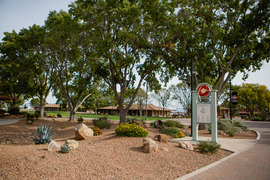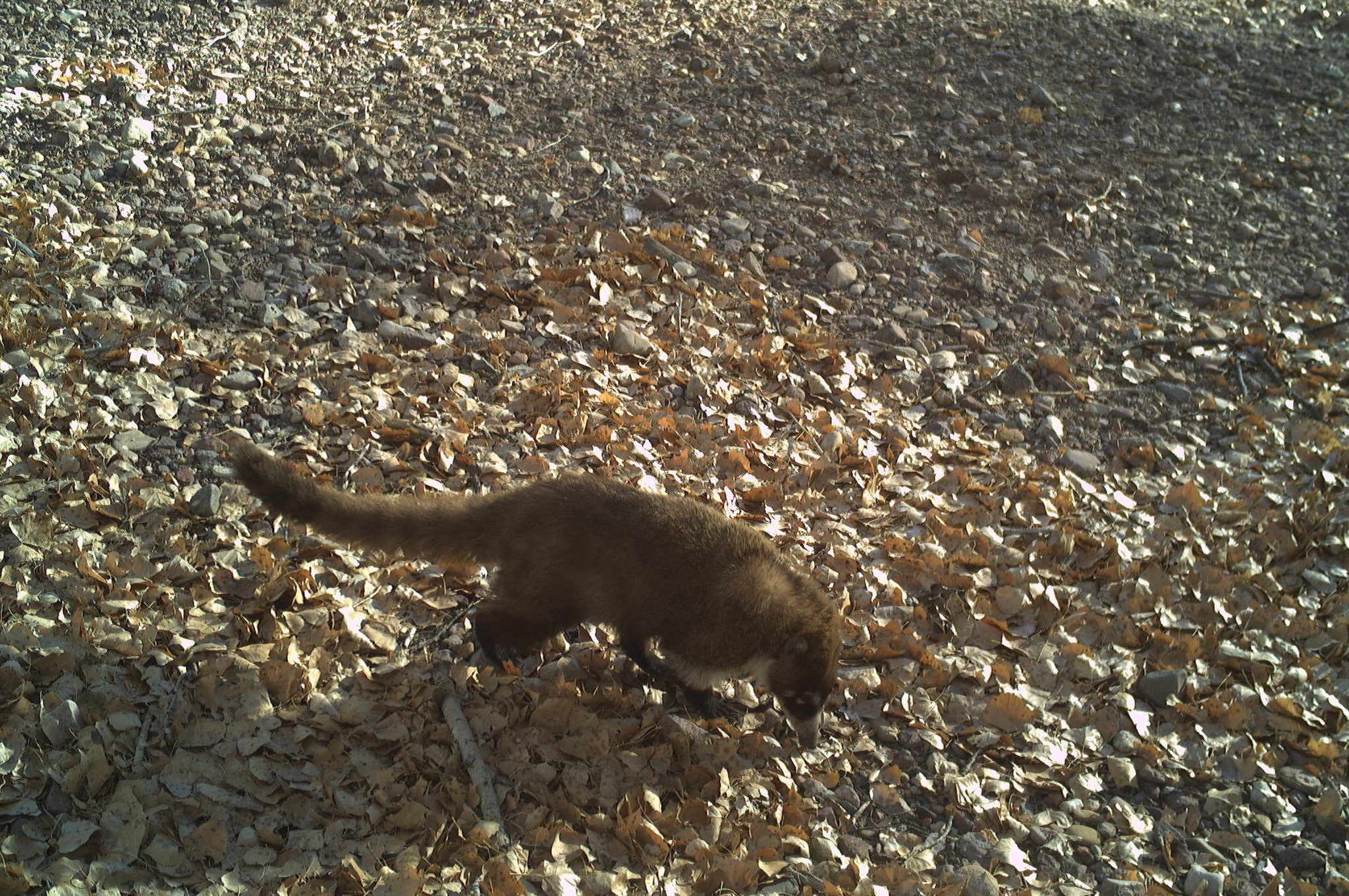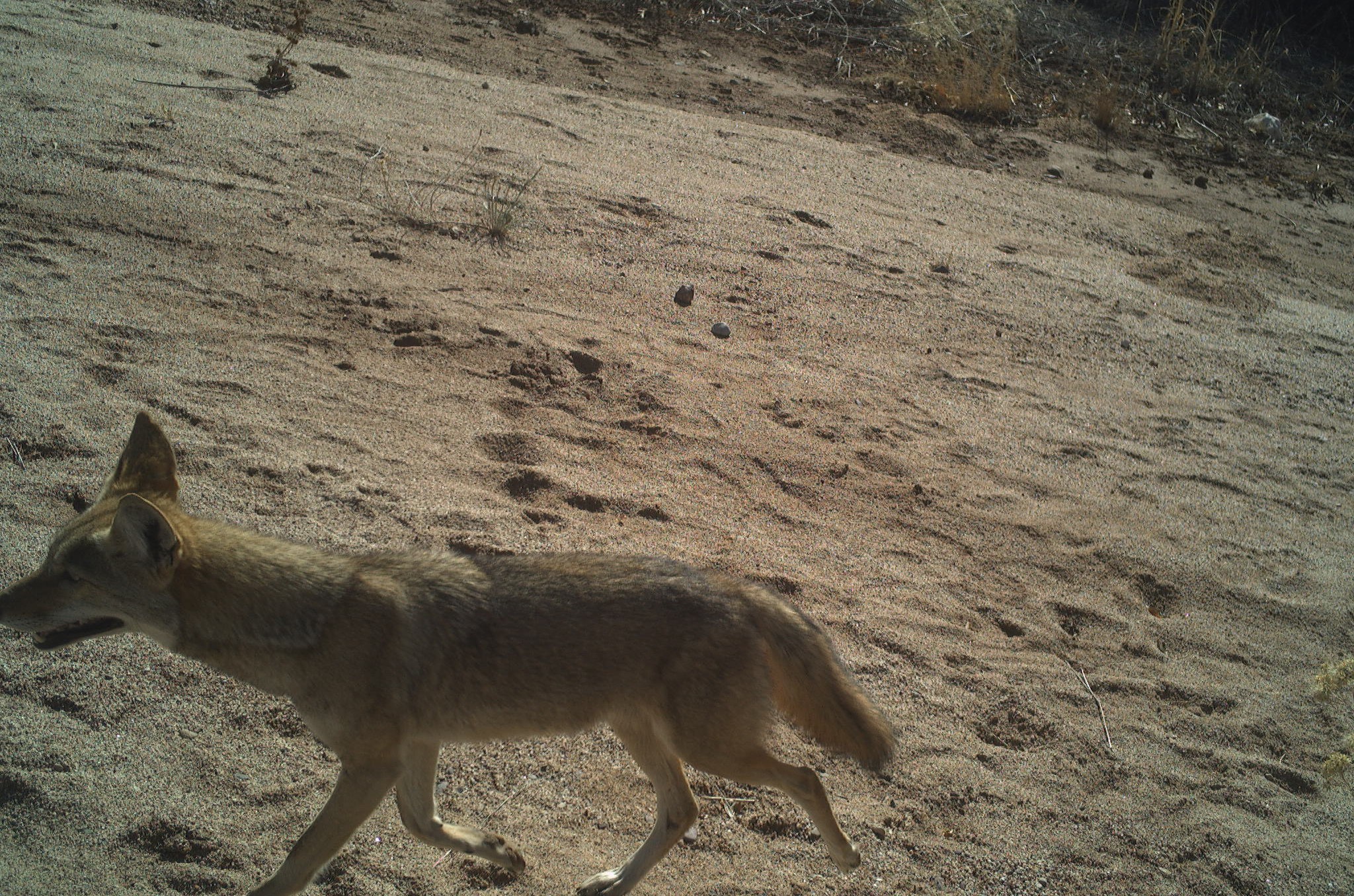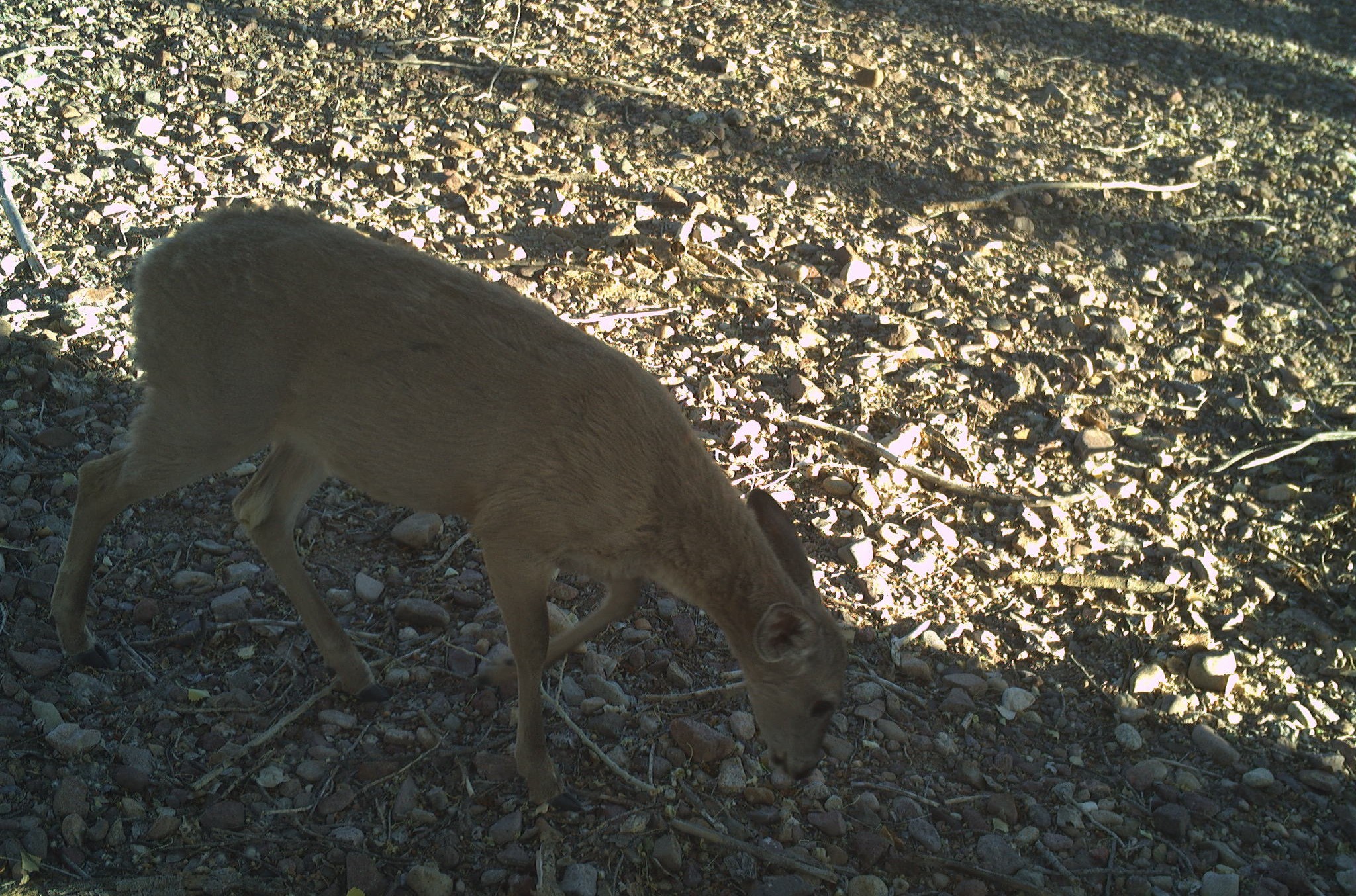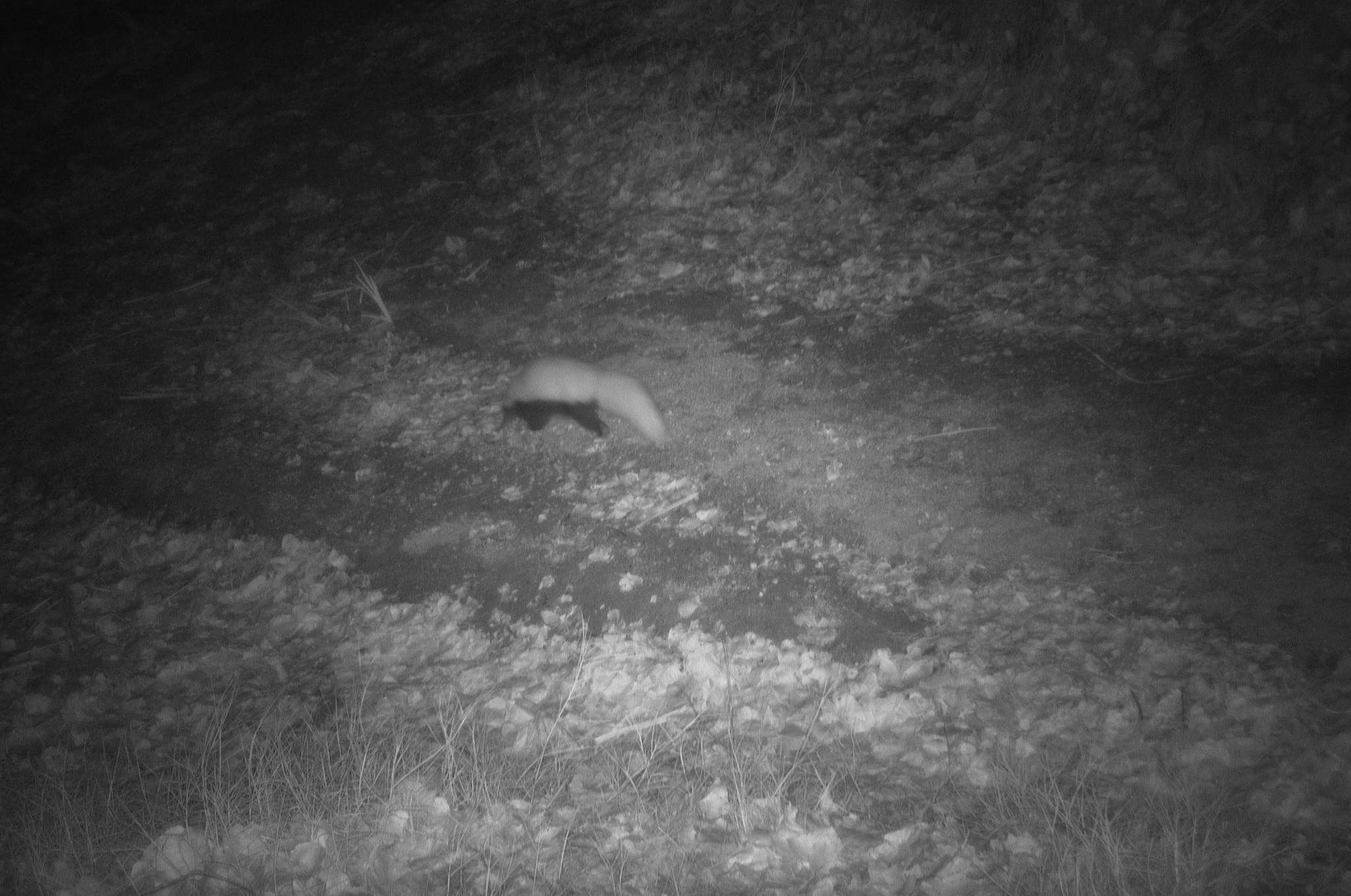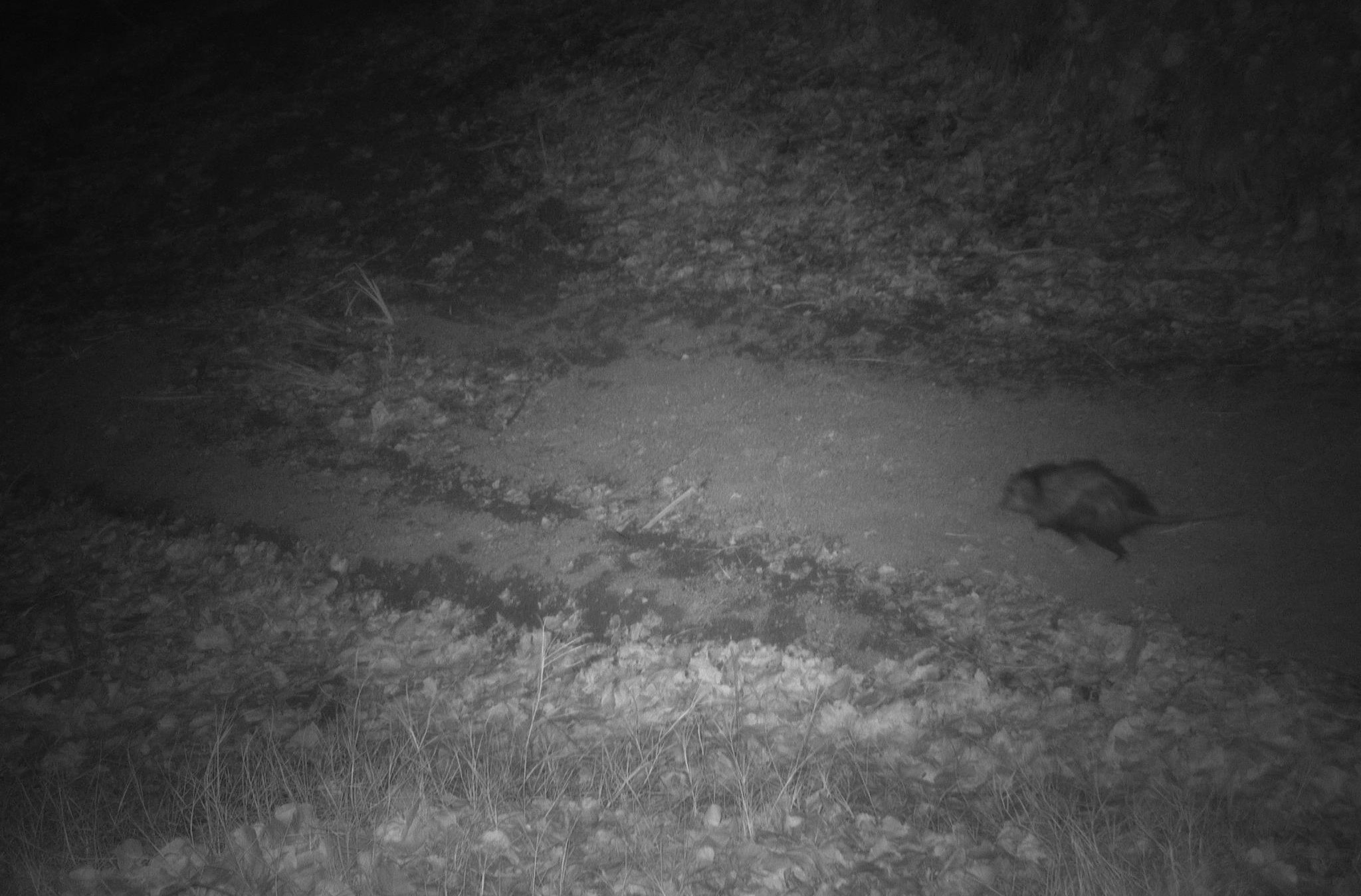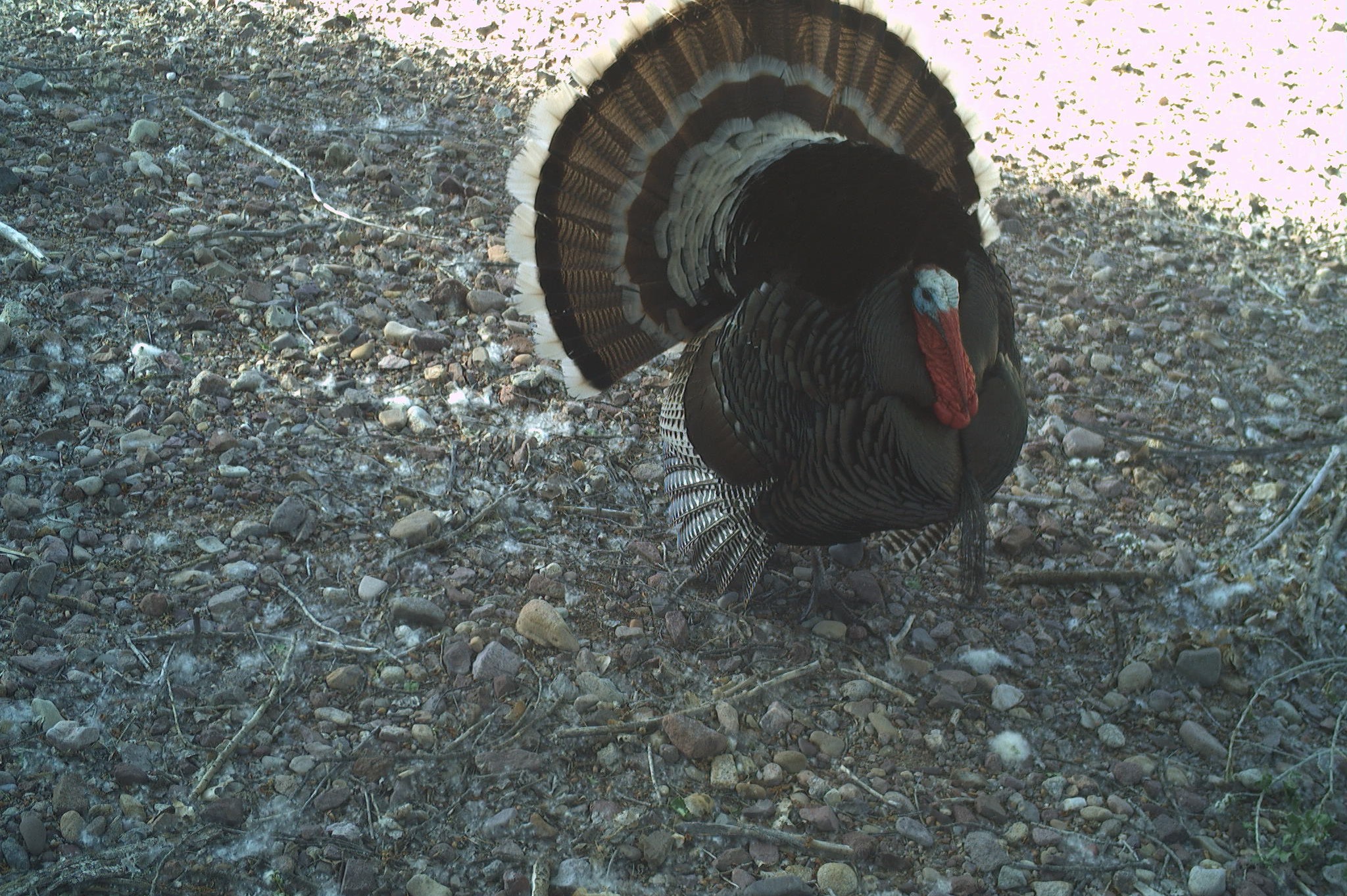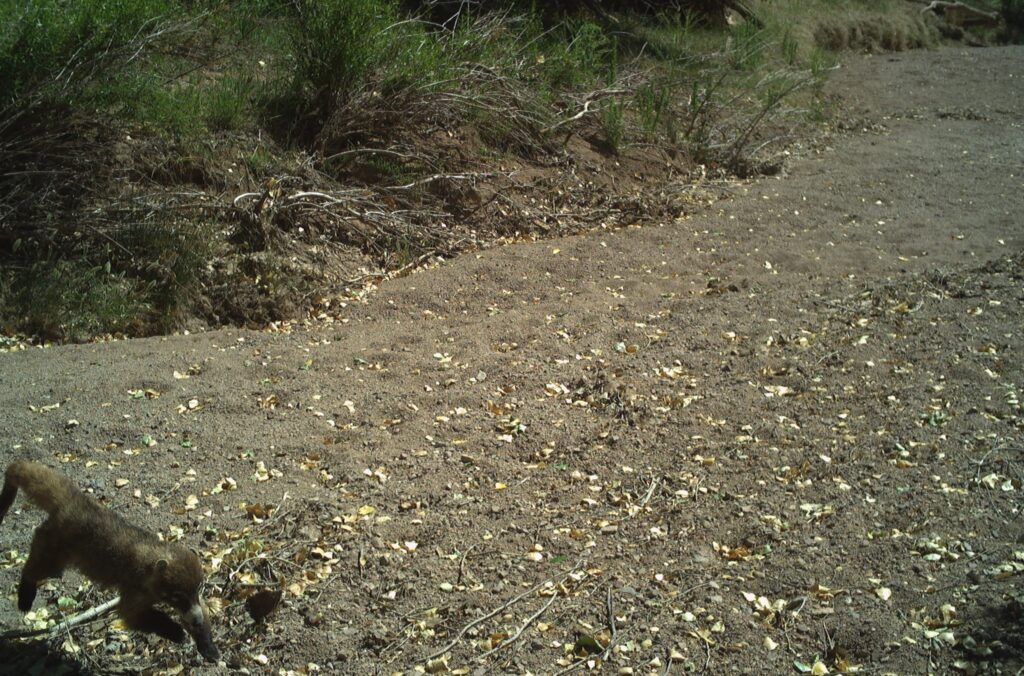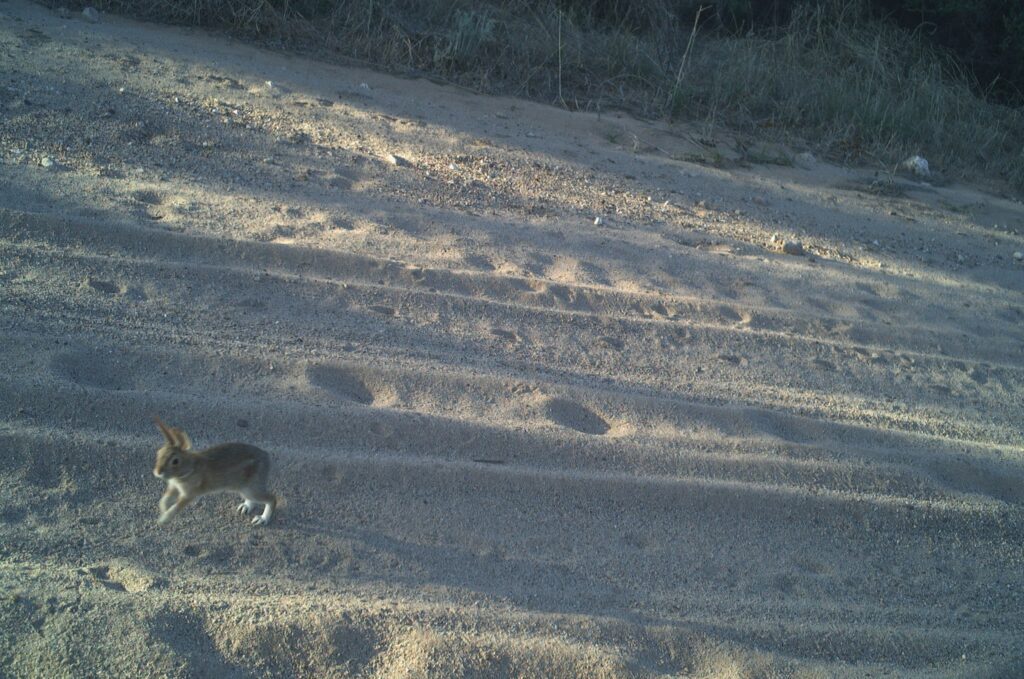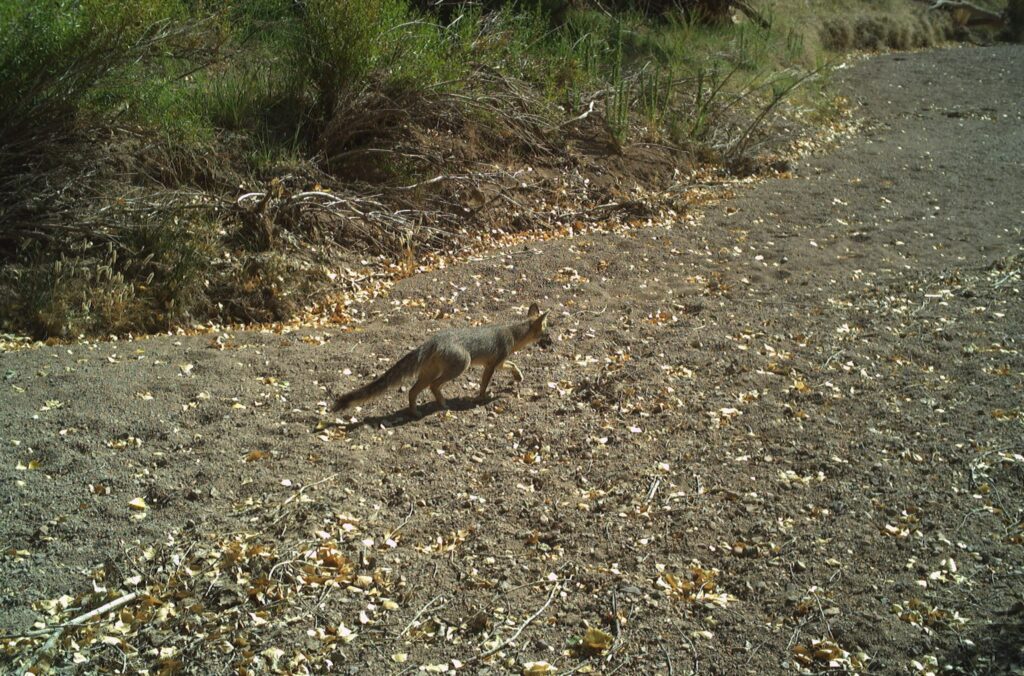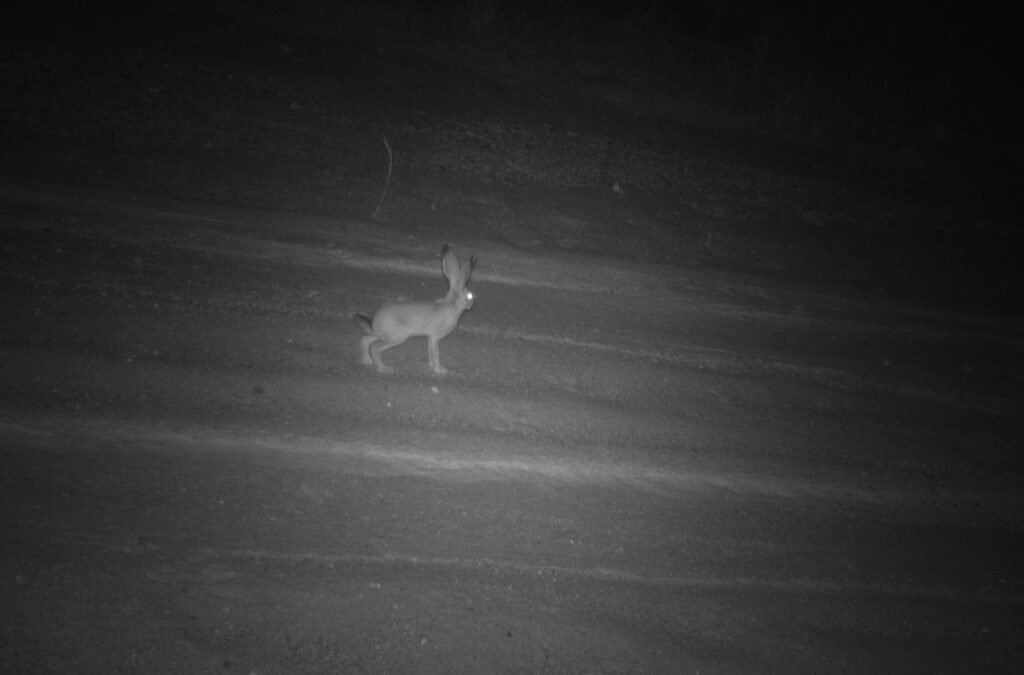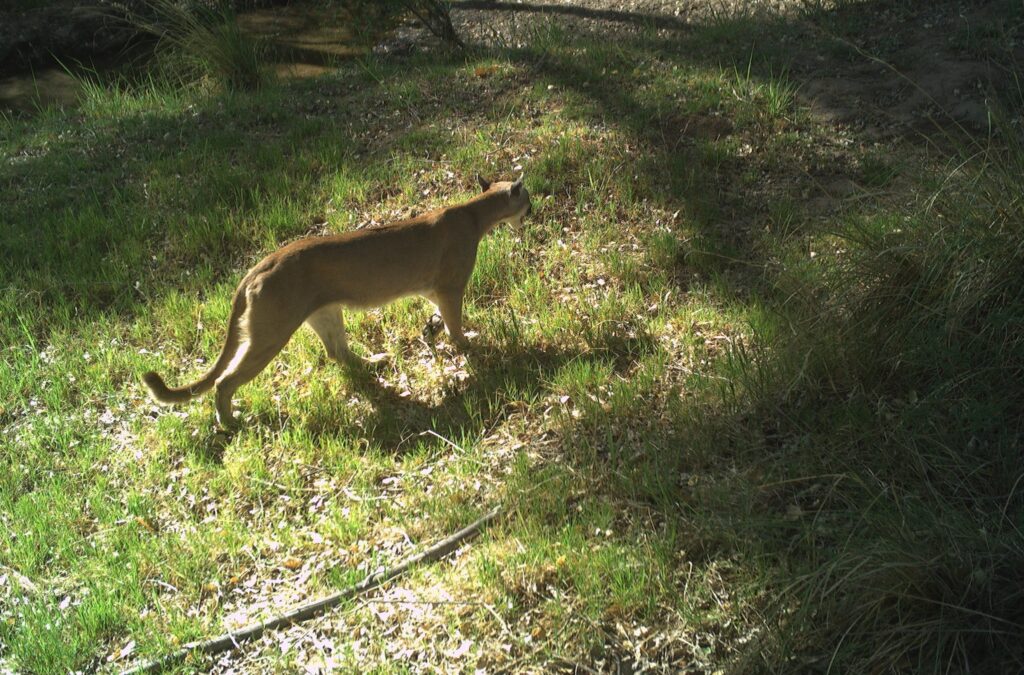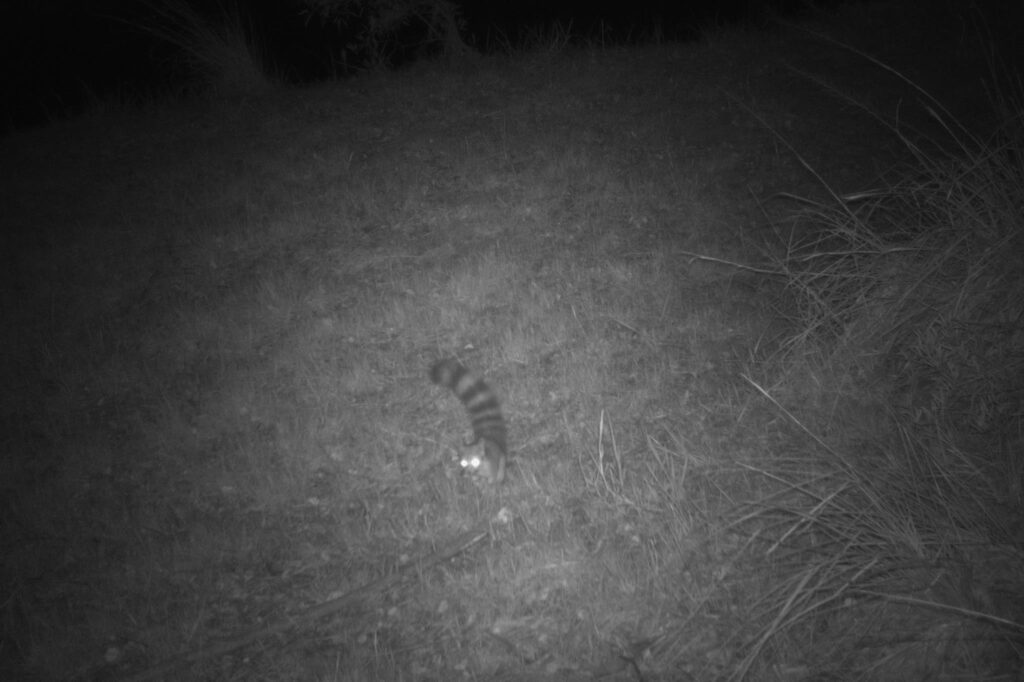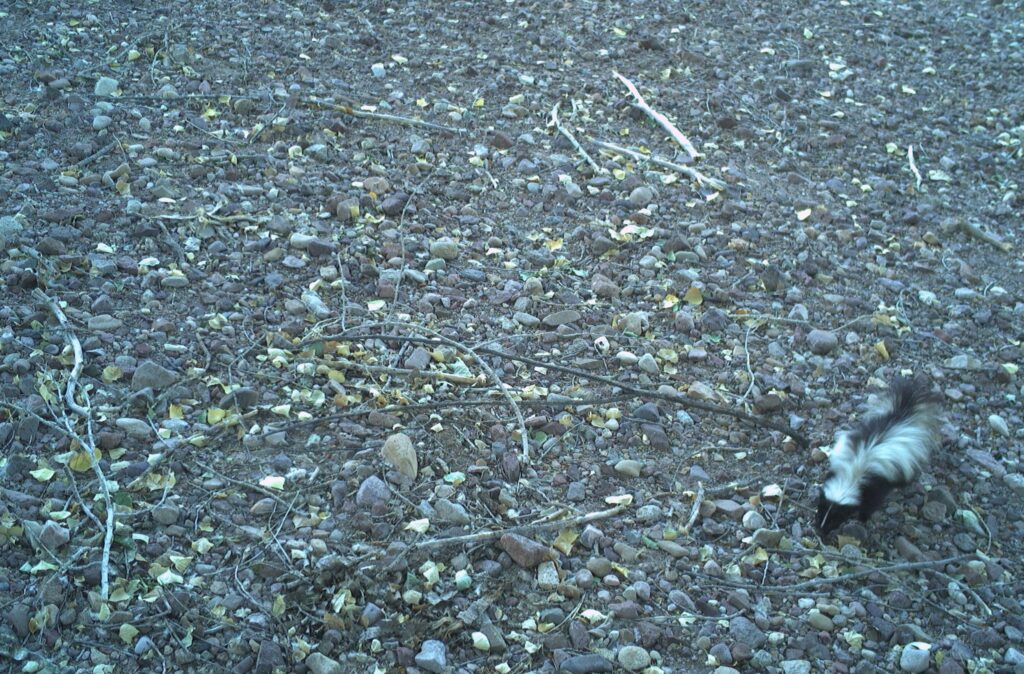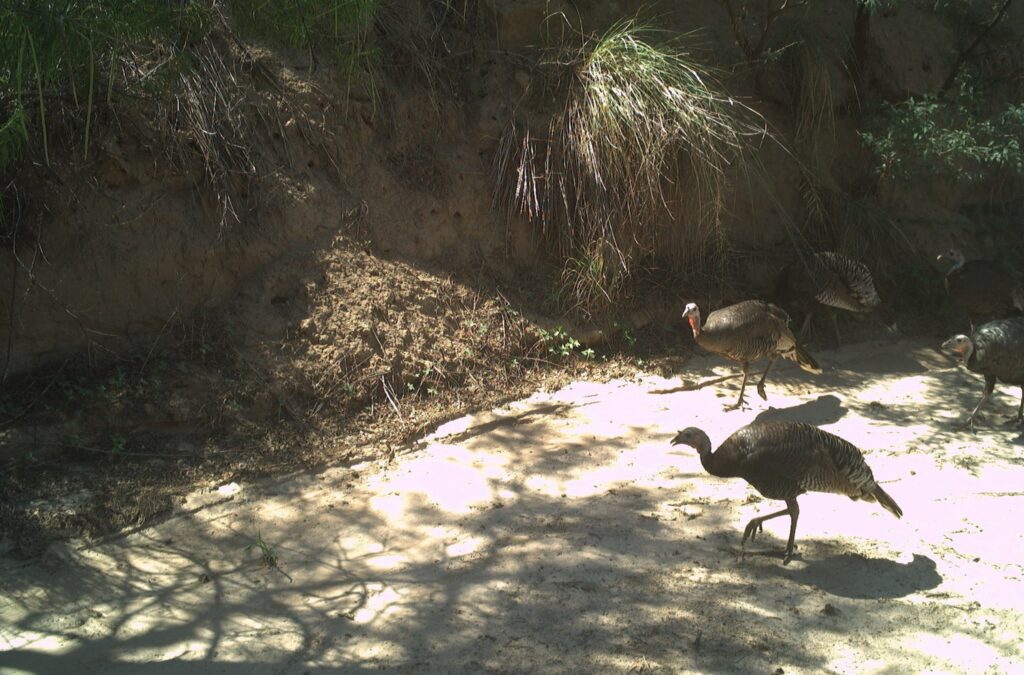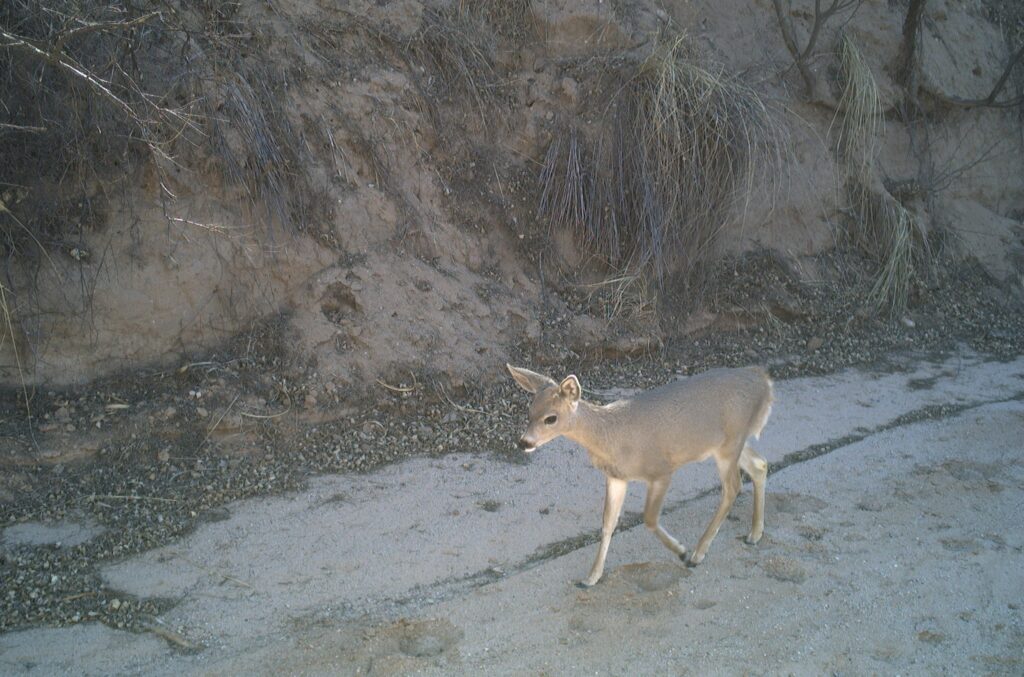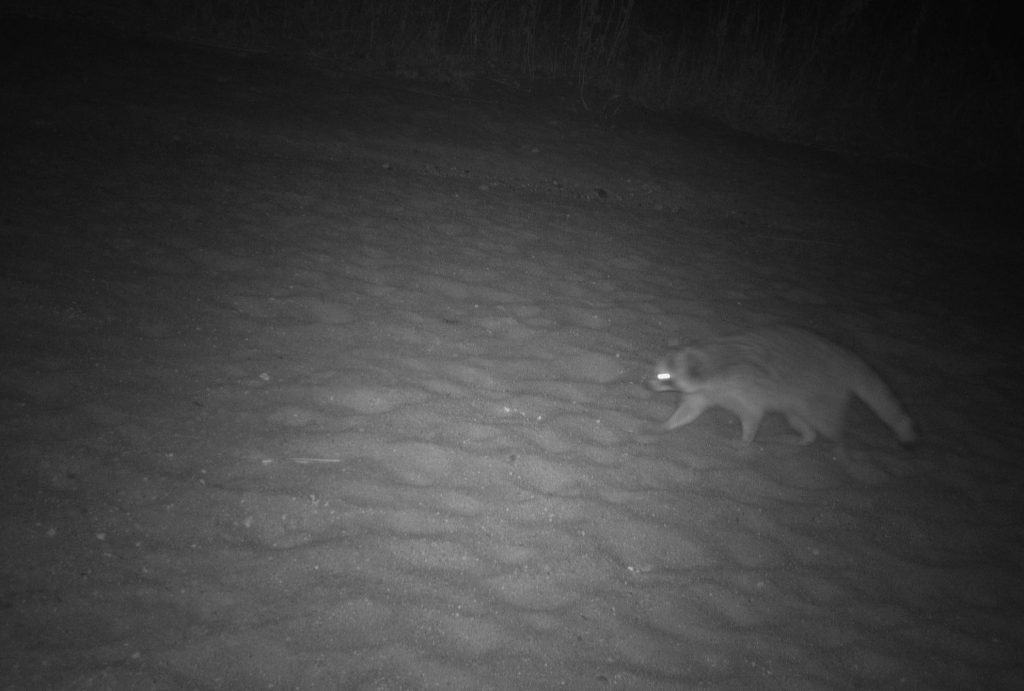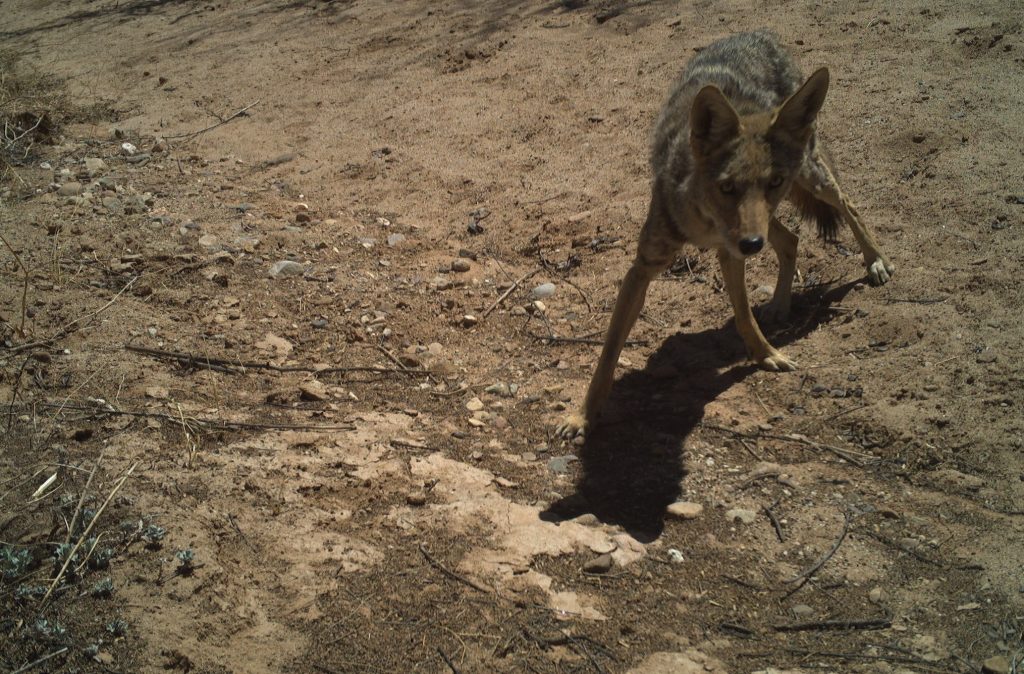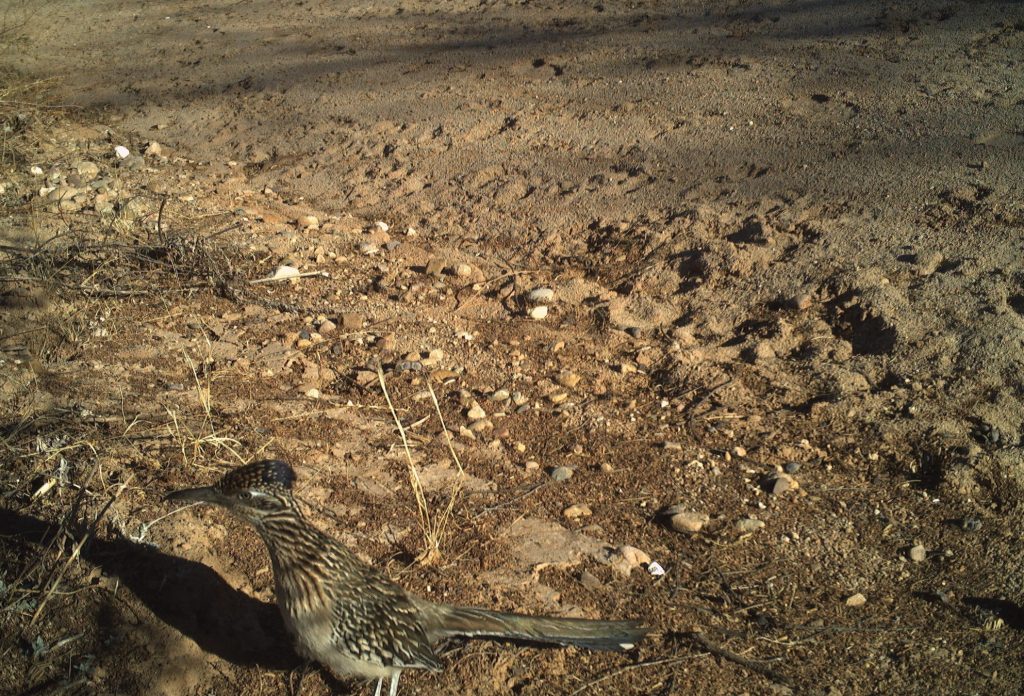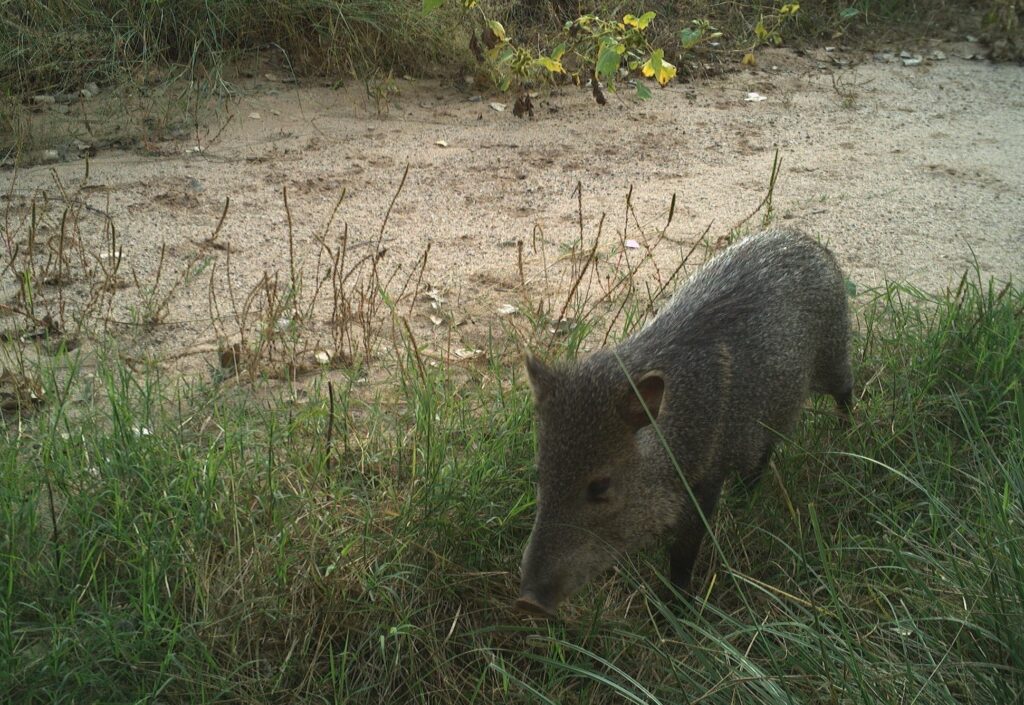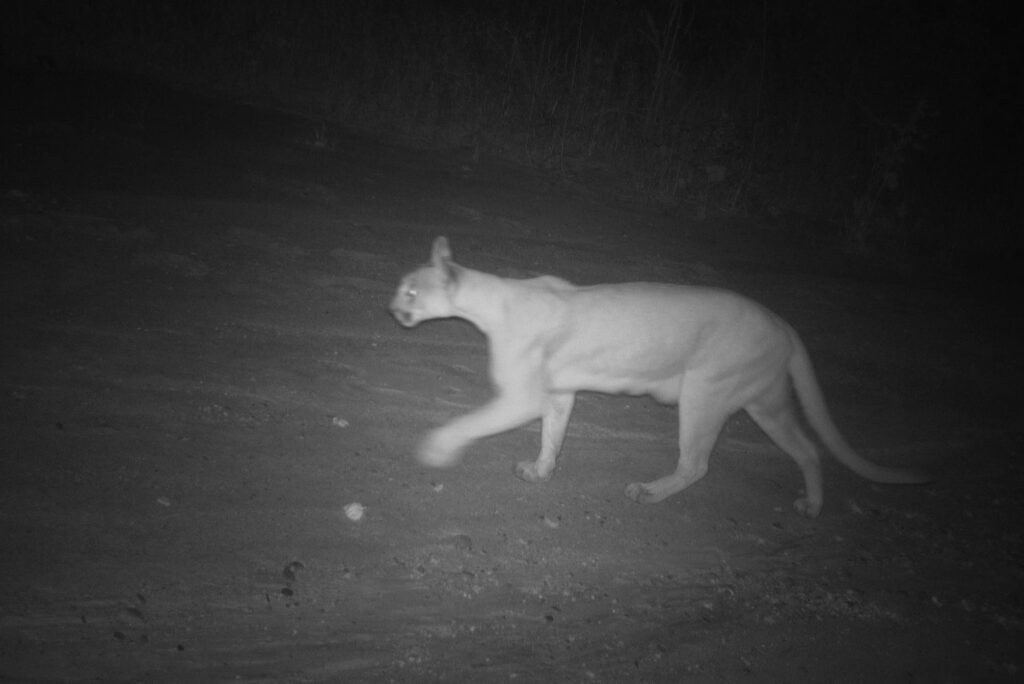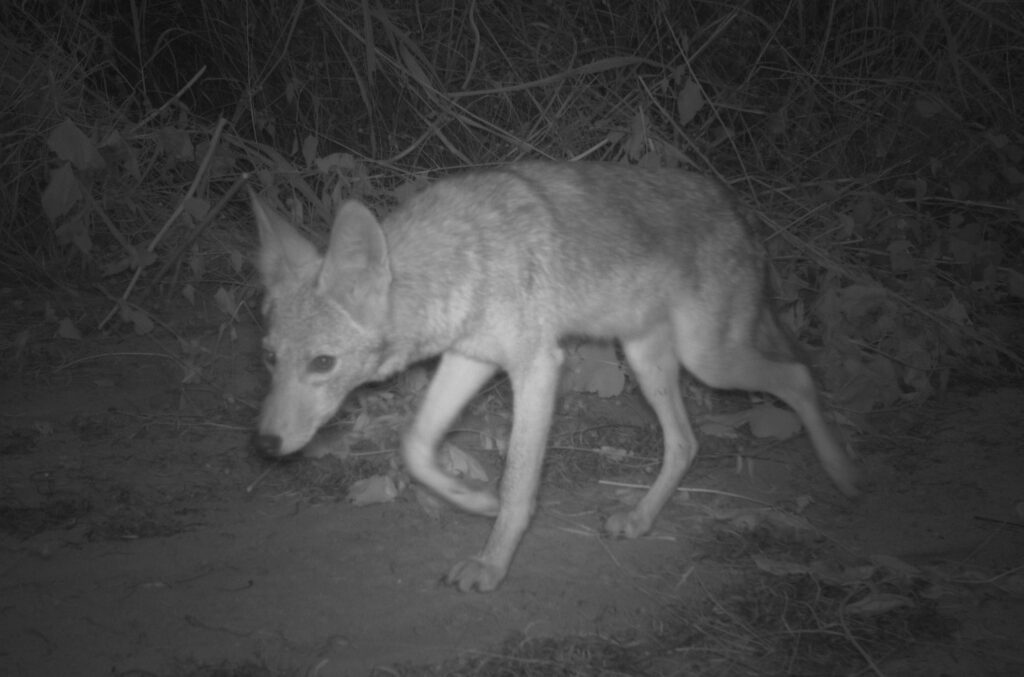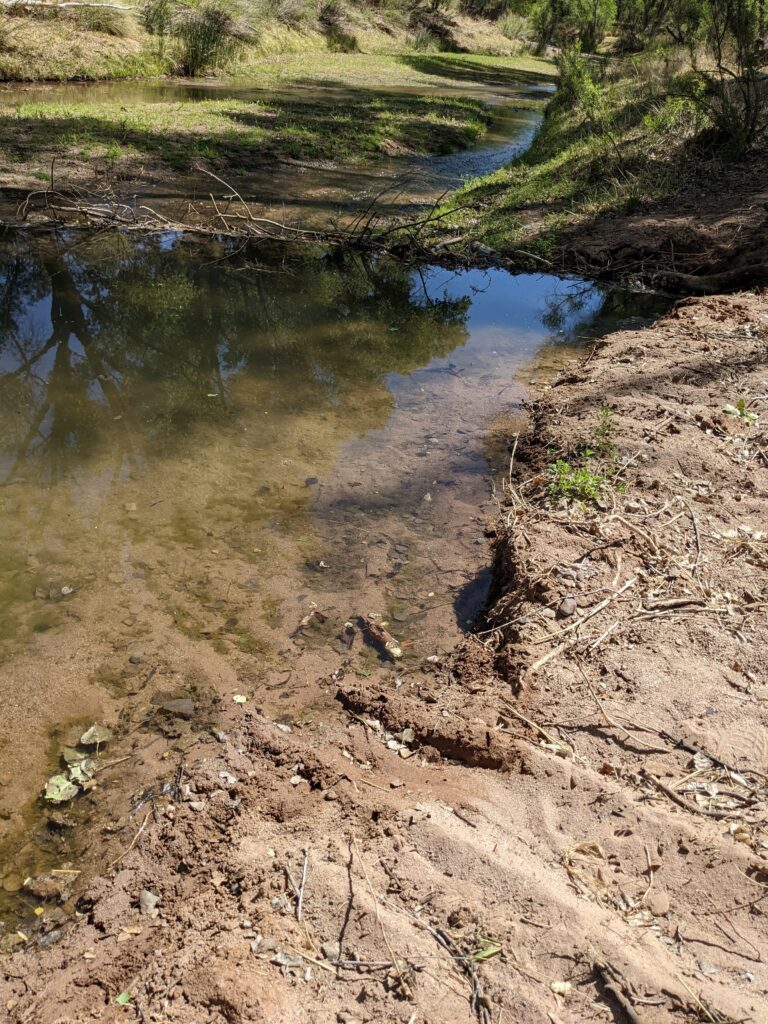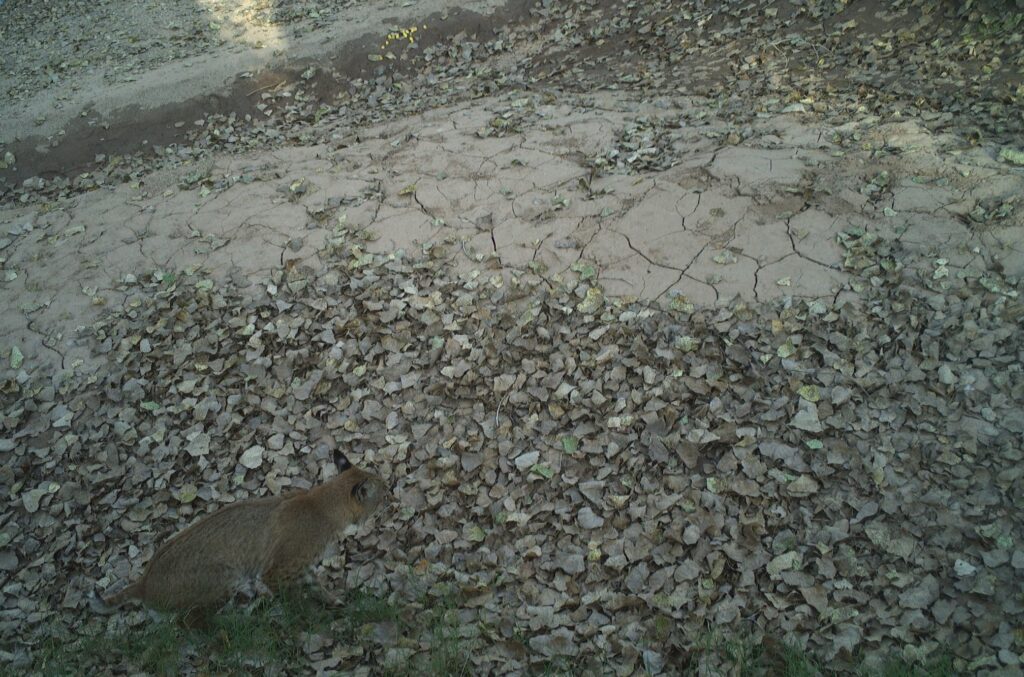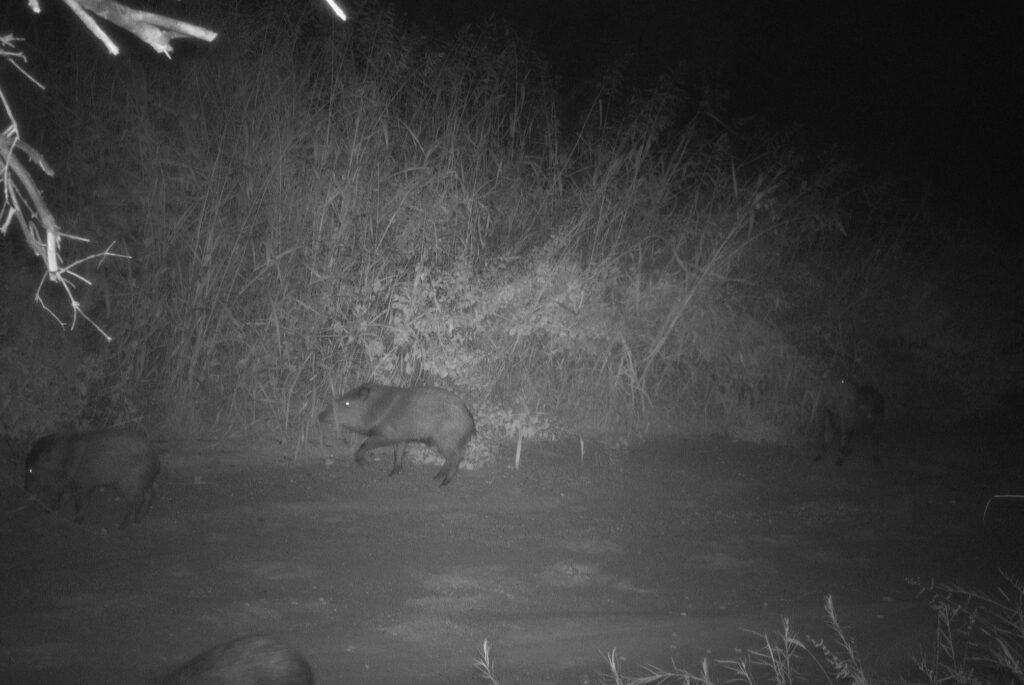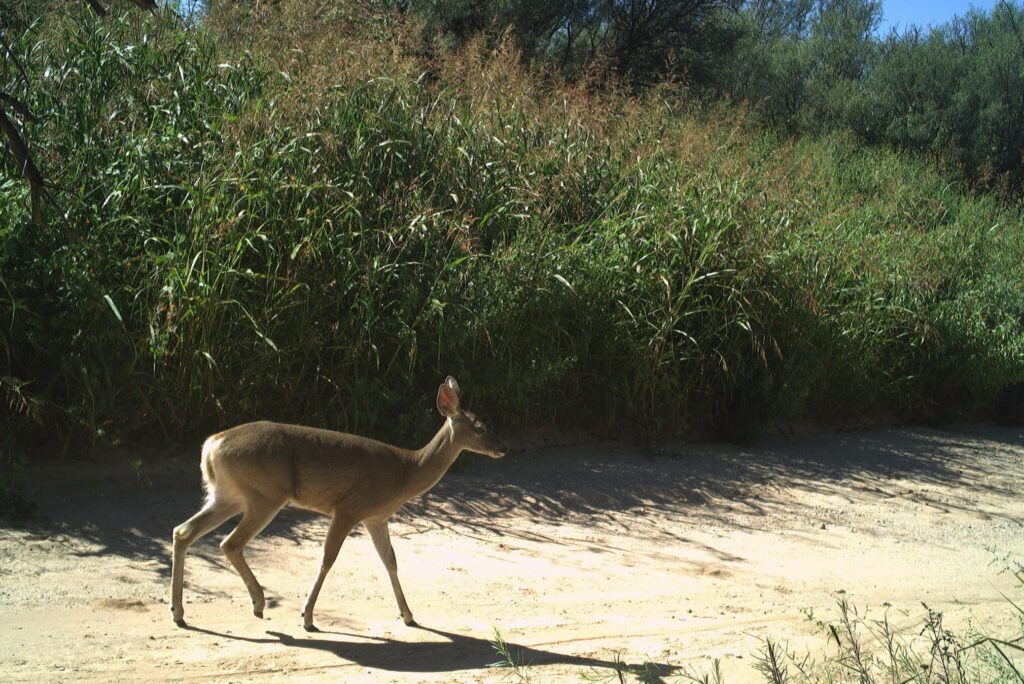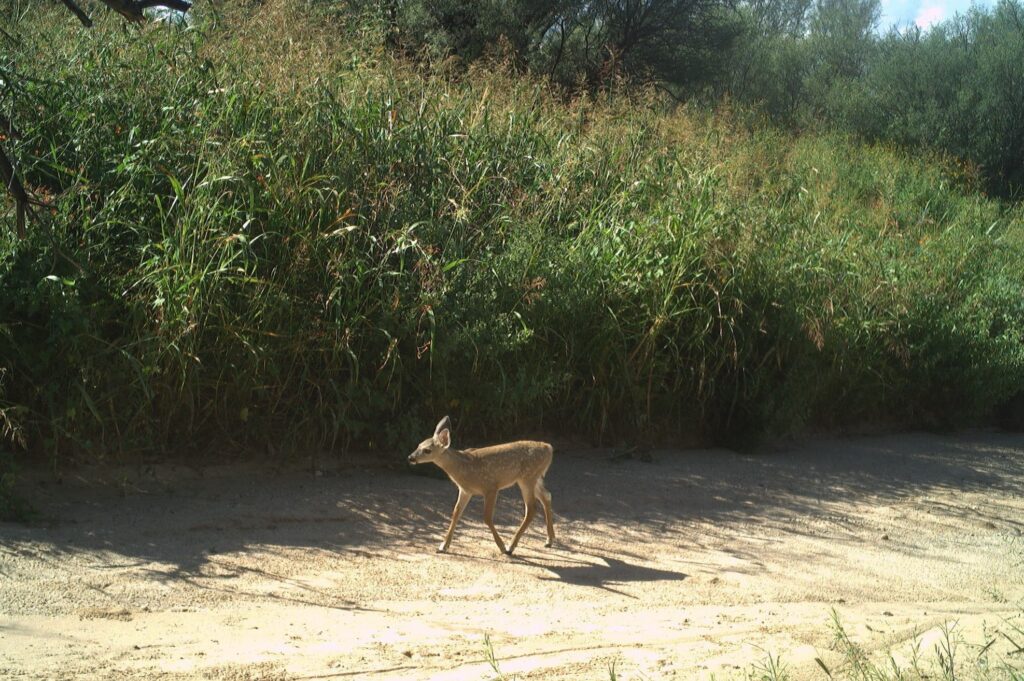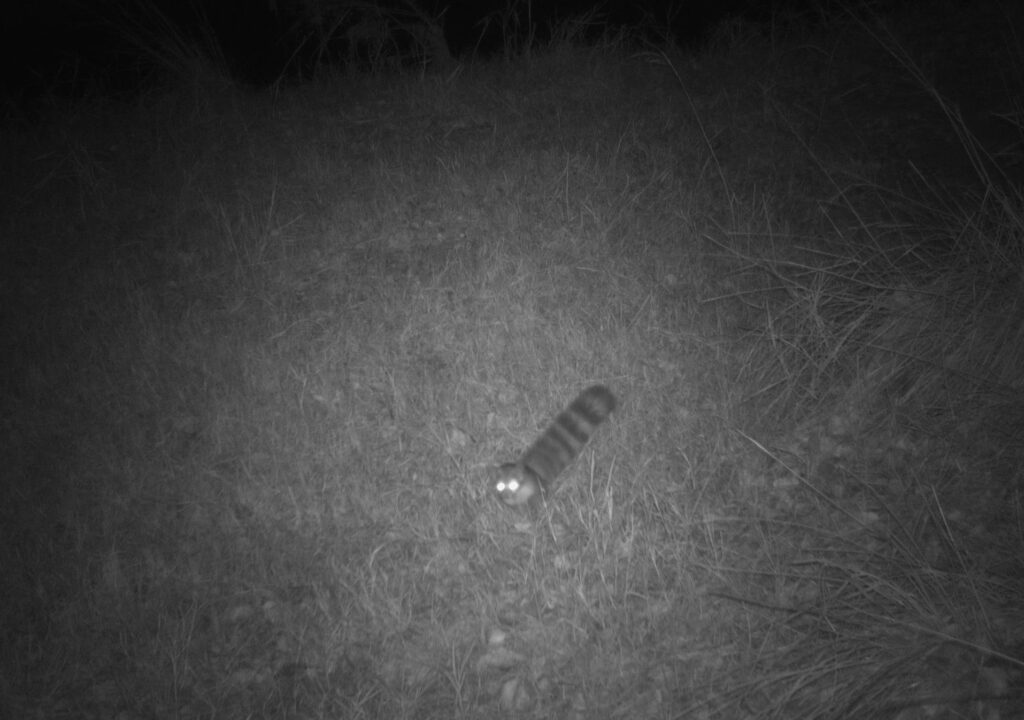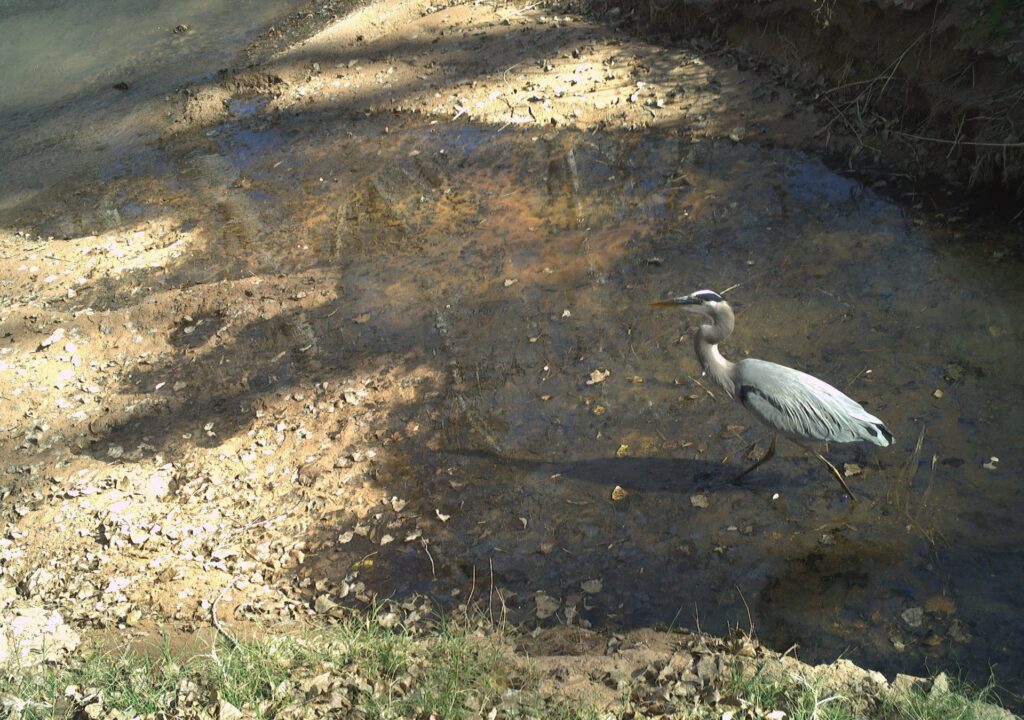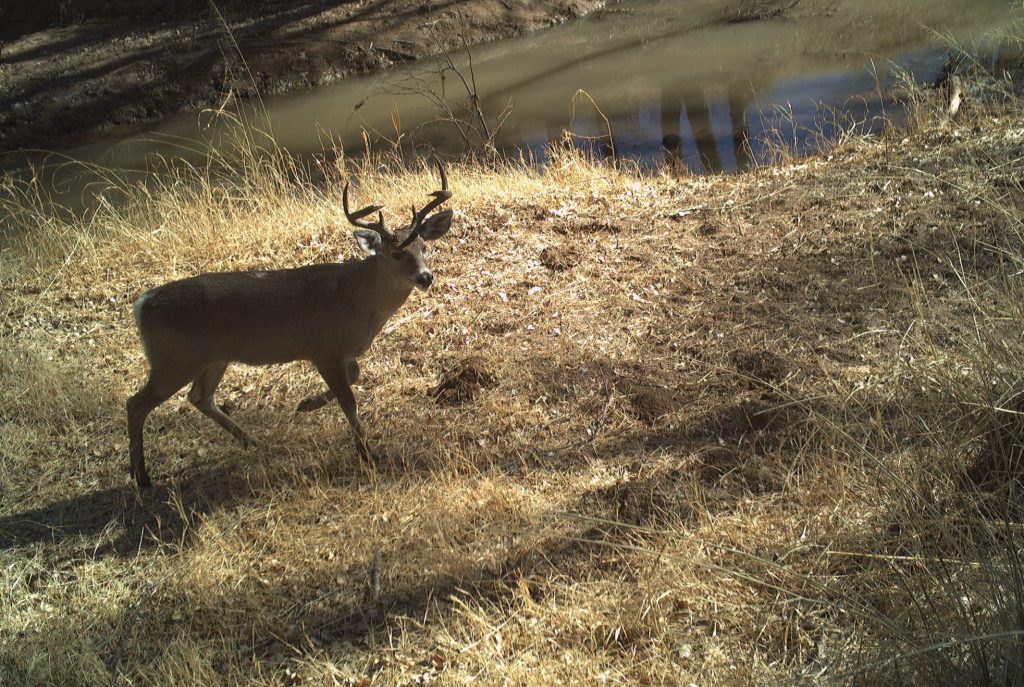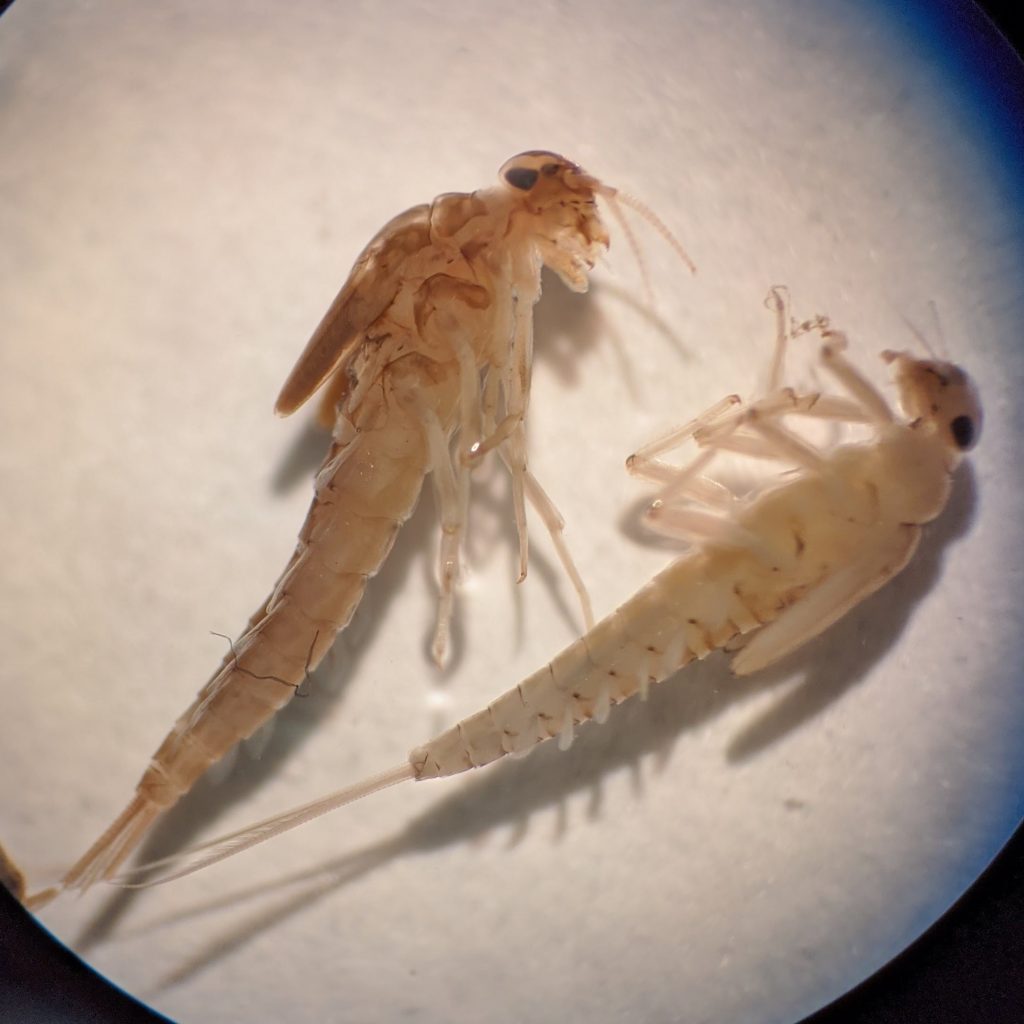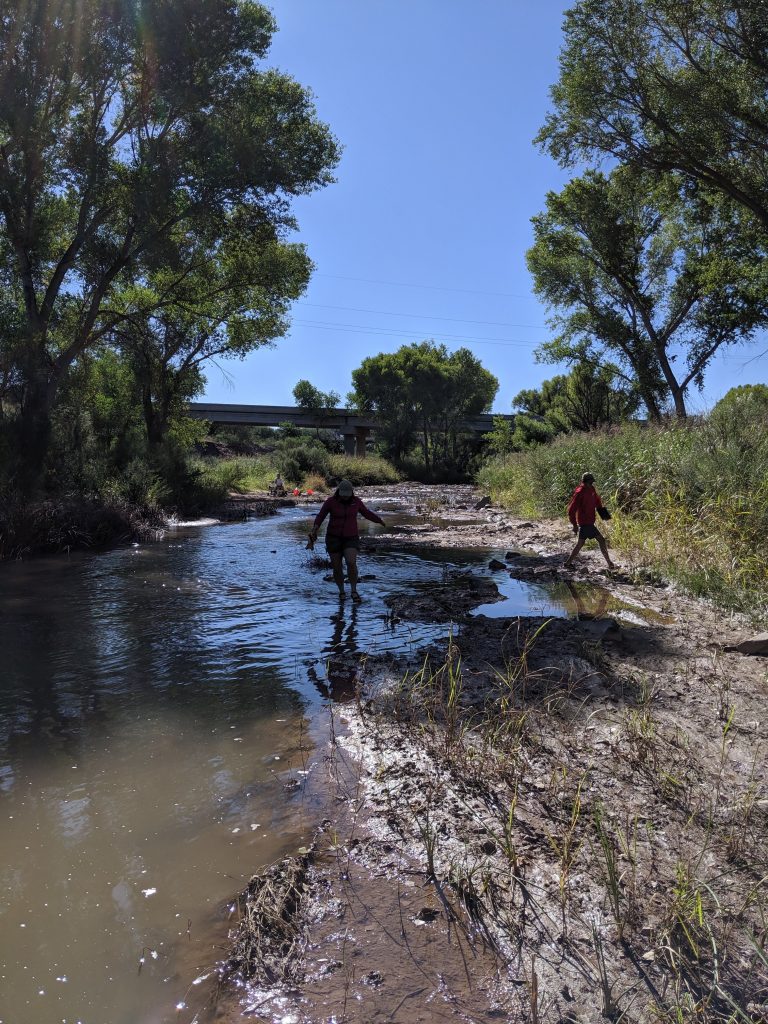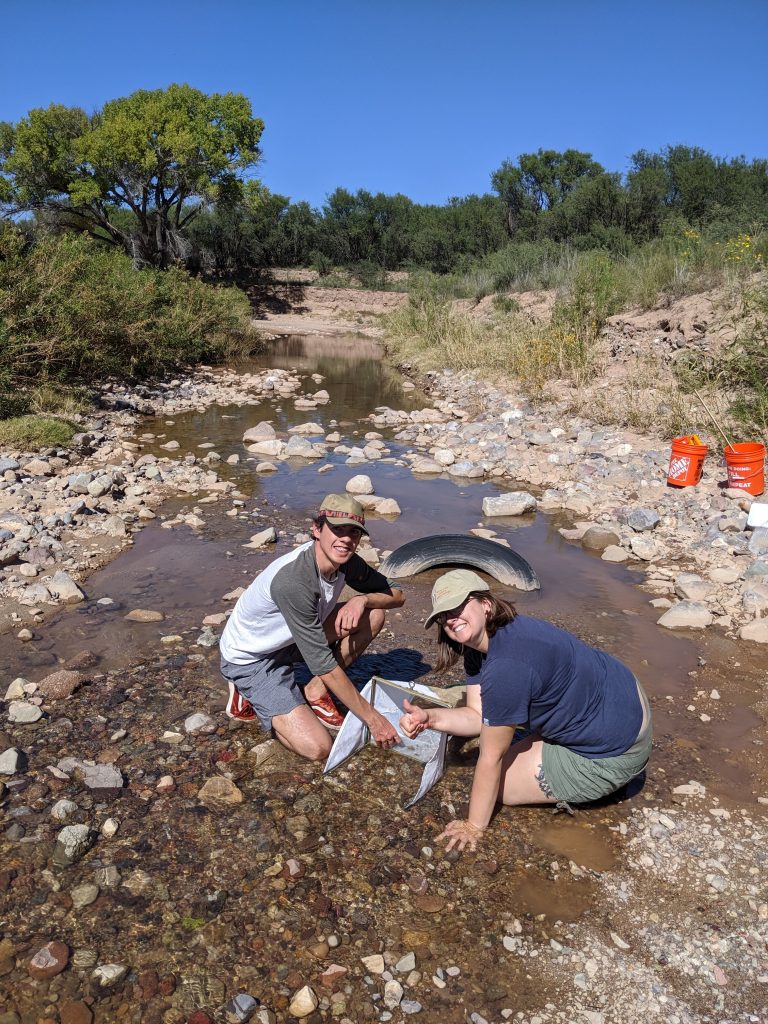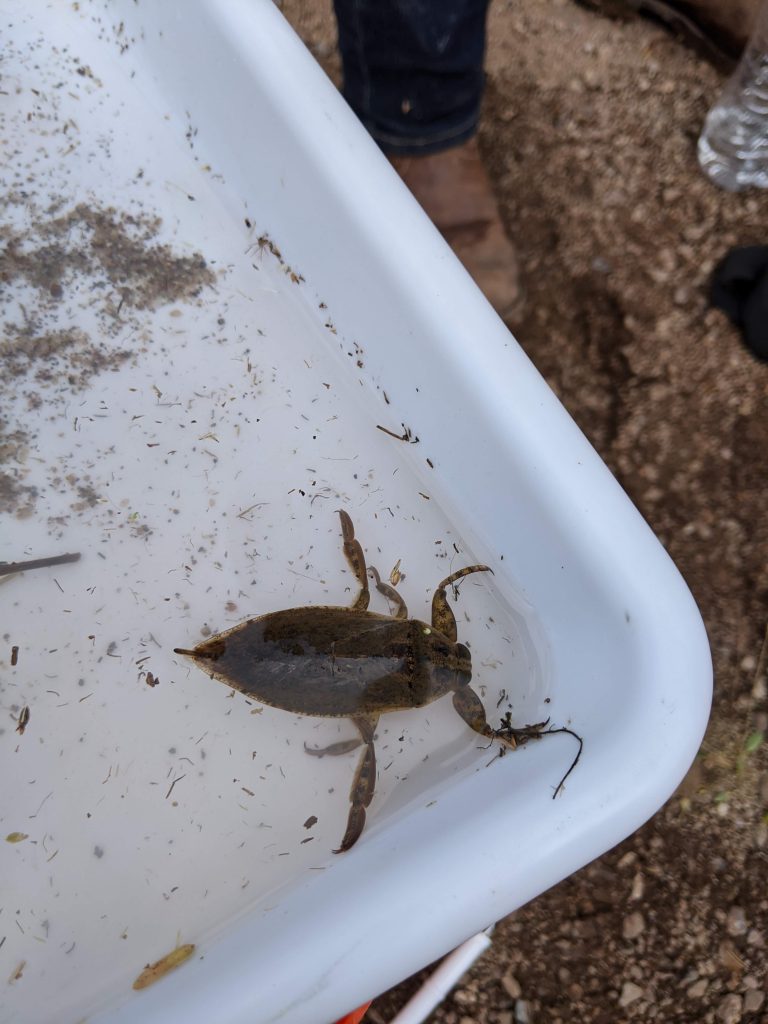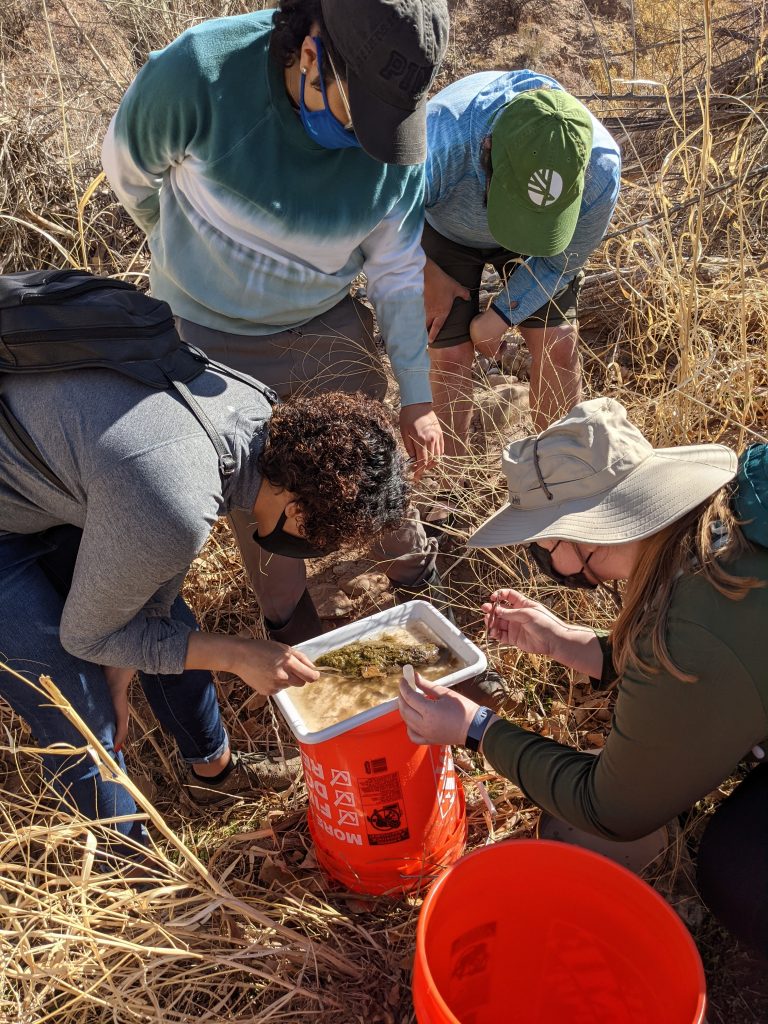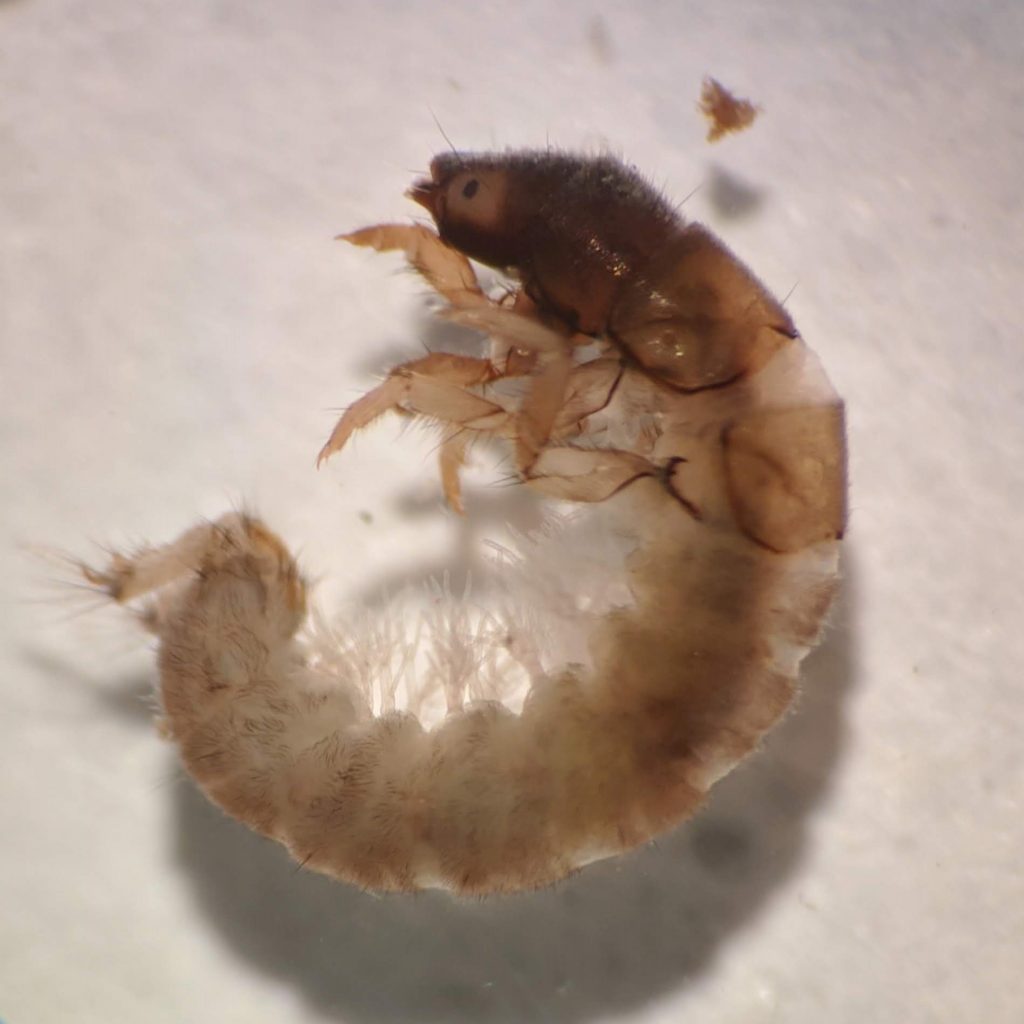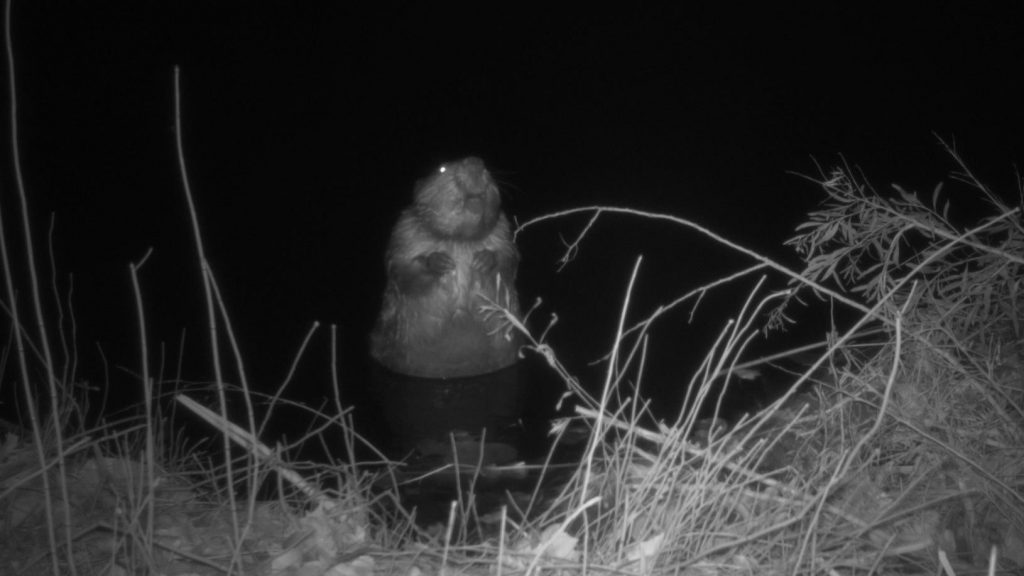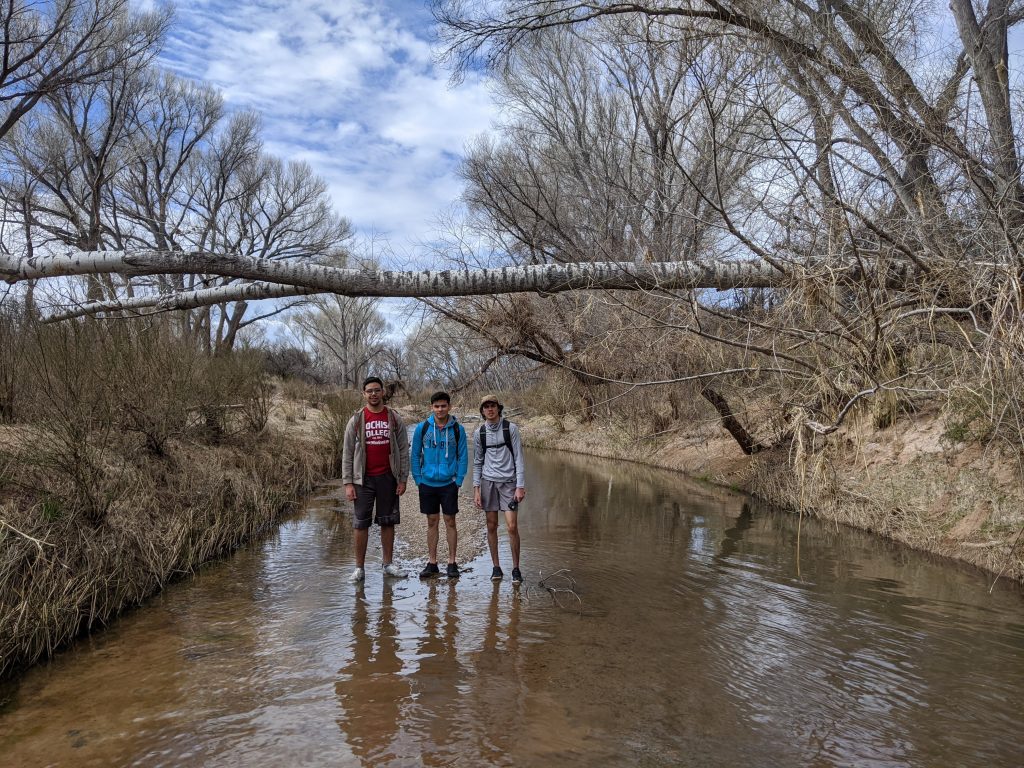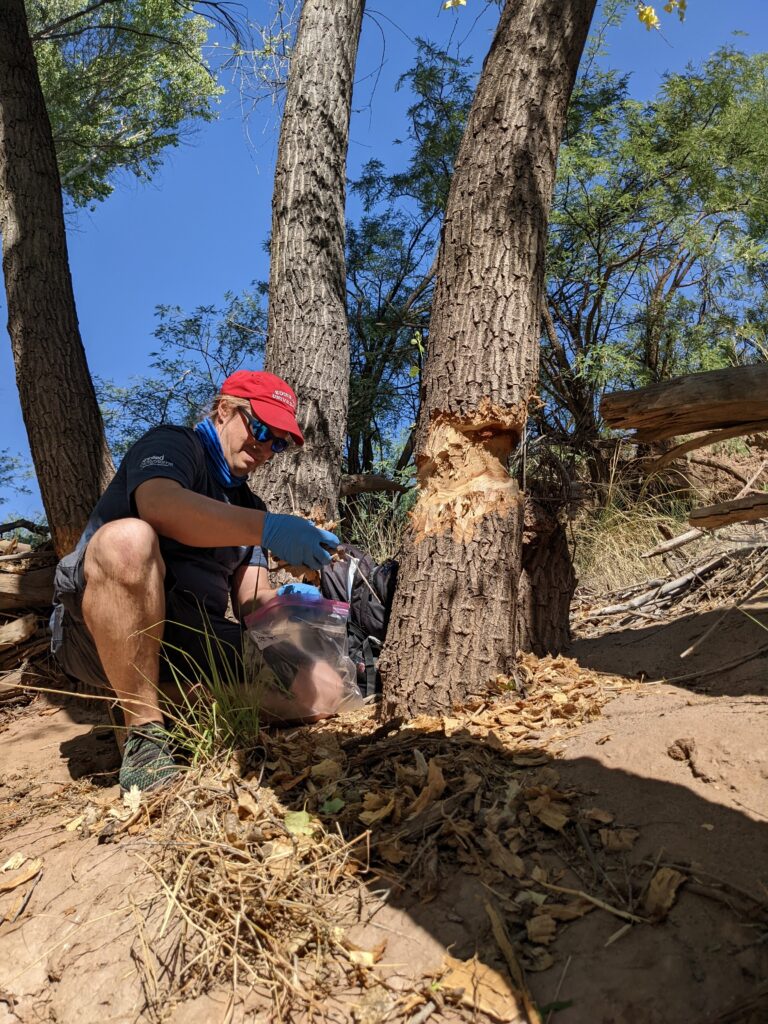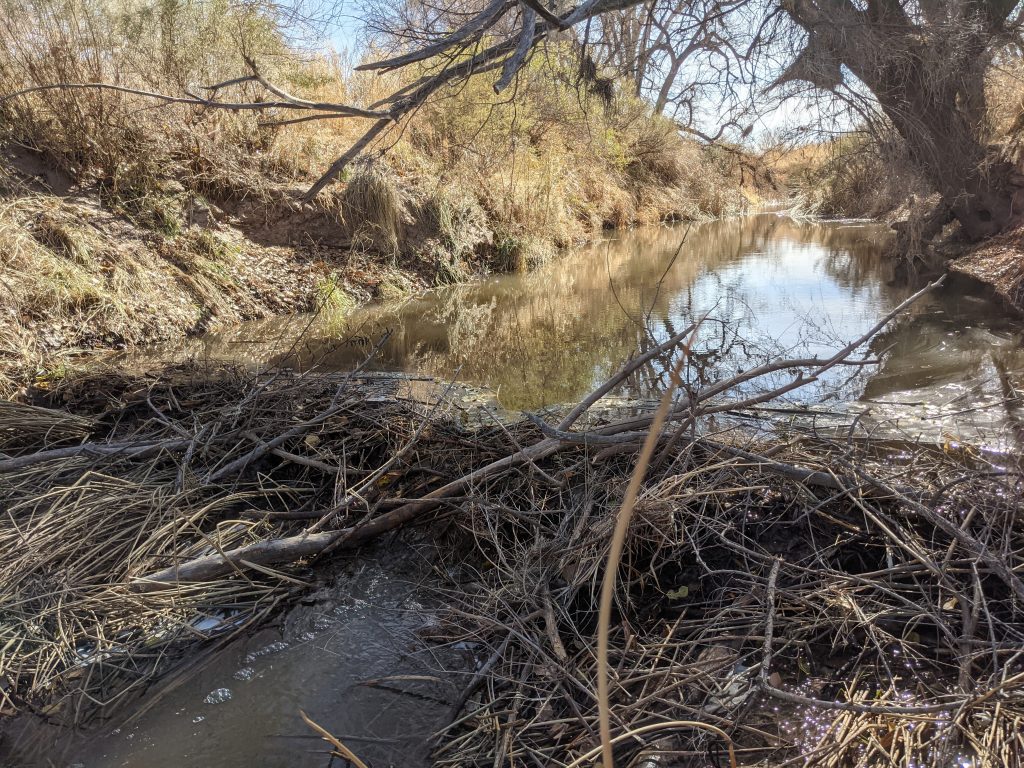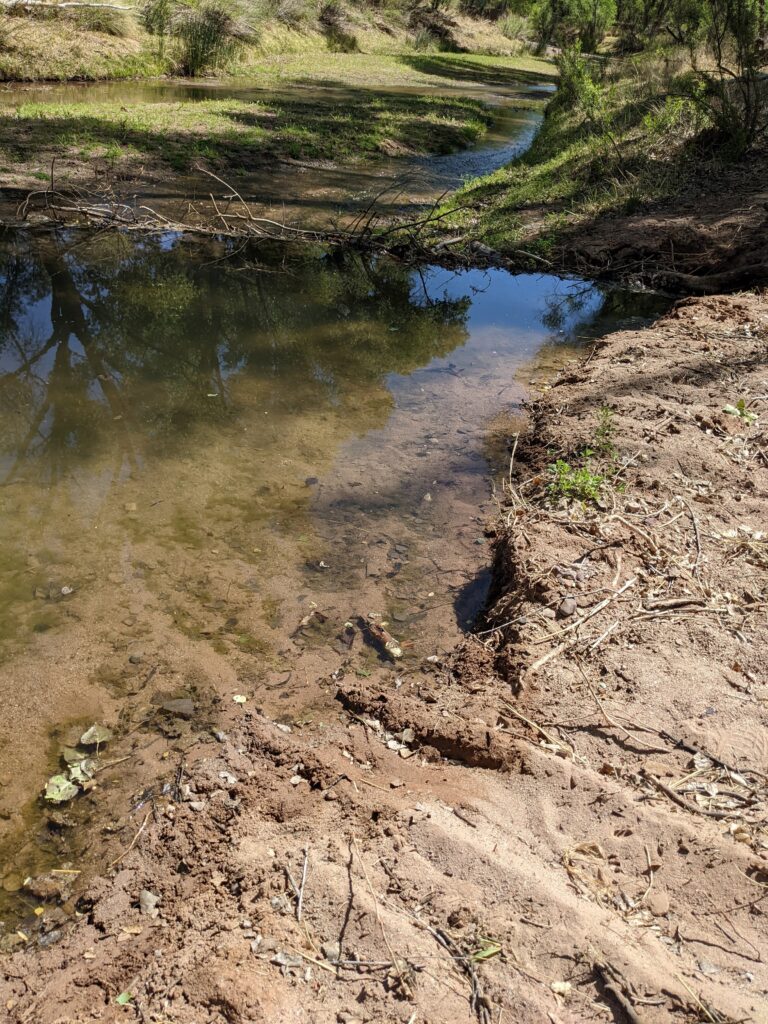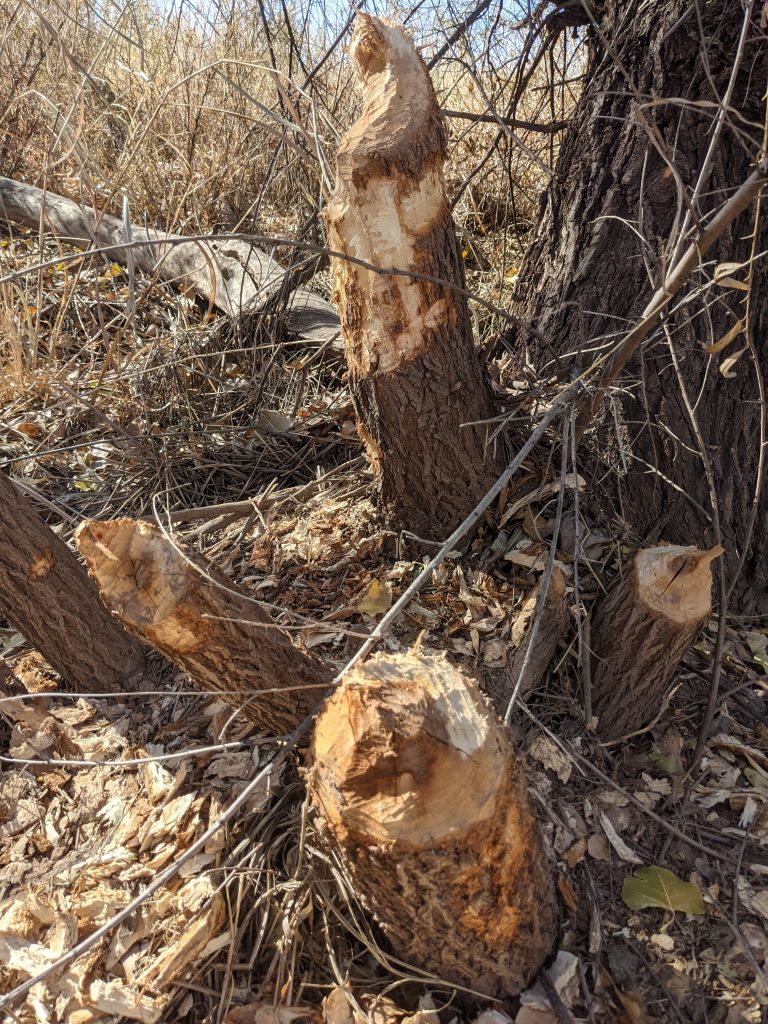San Pedro River Research Project
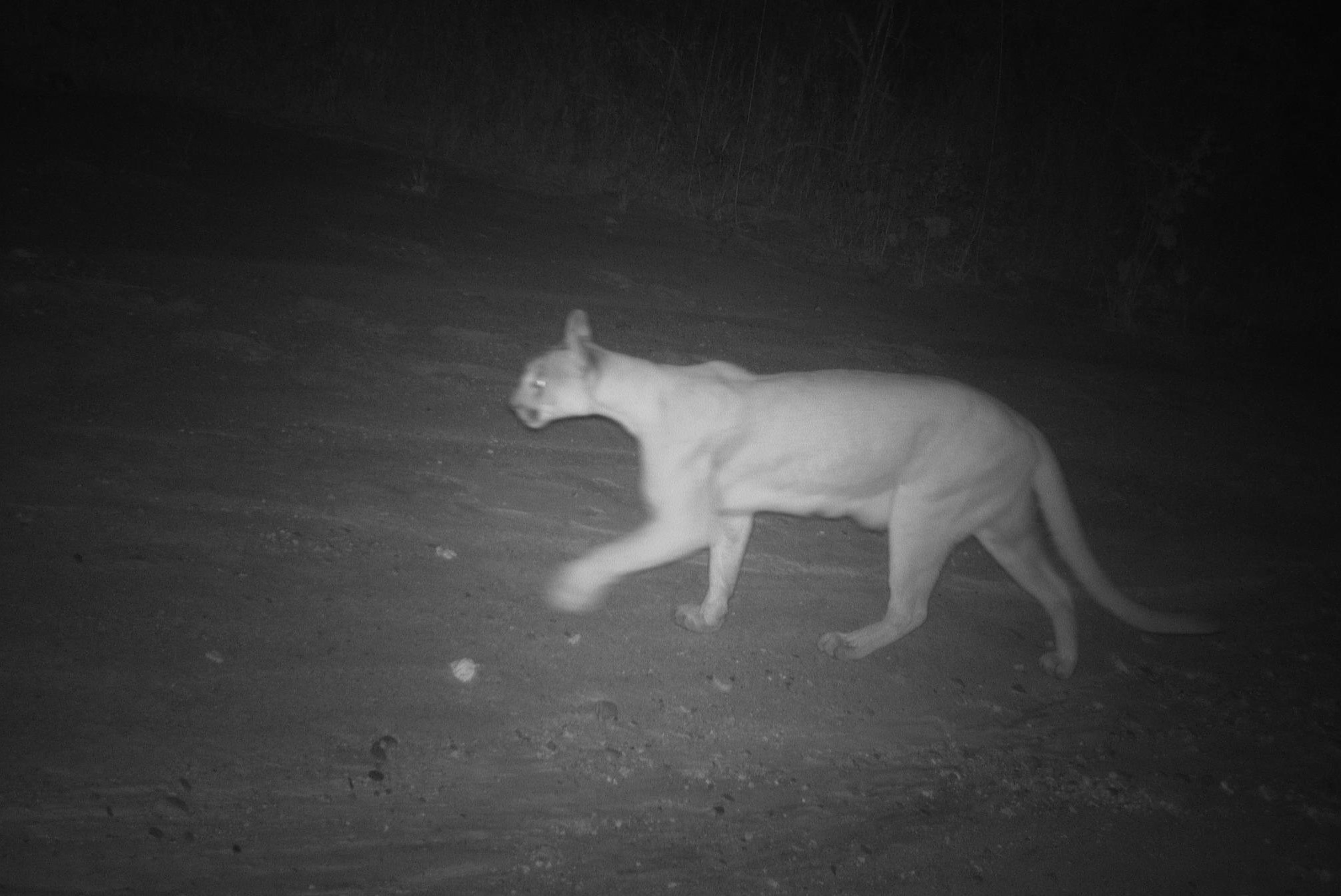
Wildlife Corridors
The San Pedro River serves as an important migration route for birds as well as a habitat corridor for many other animals. Hundreds of bird species utilize the San Pedro River during their migration. Besides the many species of winged animals, around 60 species of mammals are found in or rely on riparian areas. Many of the bird and mammal species are not found anywhere else in the United States. We are attempting to find out how animals are using important corridors (Babocomari River and other desert washes) to move between the San Pedro River and the Huachuca Mountains. This data will give us information on the types of wildlife utilizing the San Pedro River throughout the year and how they use the corridors to facilitate movements between habitats. We are particularly interested in mountain lions, bobcats, and other predators.
In November 2022, our research using this data regarding mountain lion reproduction near the river was published in the Journal of Arizona-Nevada Academy of Science. The former undergraduate research club president and now Cochise College alumni was a co-author on this publication (read abstract here). Undergraduate students have presented research related to mammals at local college events, the undergraduate biology research symposium at Arizona State University in April 2022, and annual meeting of the Arizona-Nevada Academy of Science in April 2024.
Freshwater Invertebrates
Our aims are to more accurately characterize the invertebrate community in the San Pedro River. Since insects and other invertebrates fulfill important roles in riparian food webs, the data from this study can provide information on food availability for both aquatic and terrestrial consumers. For this long-term study, we plan on measuring long-term trends and shifts in freshwater invertebrate communities and making connections to environmental impacts (climate change, annual variability, and anthropogenic impacts). Invertebrate composition can help predict water quality and can be an important tool in rapid bioassessment of the health of a river. Long-term datasets can inform management and development decisions. Lastly, we hope to show the importance of seasonal connections and intermittent stream flow on community composition and abundance of freshwater invertebrate communities.
Students have presented research related to this topic at the Southern California Conferences for Undergraduate Research (SCCUR) in 2019 (San Marcos, CA) and 2022 (Malibu, CA).
Beaver Monitoring
Beavers were reintroduced in 1999 to the San Pedro River after they were exterminated in the 1920’s. In coordination with the Friends of the San Pedro River and Watershed Management Group, Cochise College faculty and students have been helping to monitor beaver populations in the Upper San Pedro on the U.S. side of the border since Fall 2019. Students have been involved in walking along the river looking for beaver sign (dams, caches, tracks, and fresh herbivory). Since 2021, we have collaborated with partners in Arizona and Sonora (Naturalia and Profauna) to survey the river for beavers on both sides of the border.
In May and June of 2022, we observed interesting food caching behavior on a drying beaver pond. These findings were presented by students at the SCCUR conference at Pepperdine University in November 2022 and a research note was published in March 2024 in Western North American Naturalist (read abstract here) with two Cochise College alumni and former undergraduate research students: Sergio Cebreros and Lluvia Perez.
Contact Information
|
Instructor of Biology |





